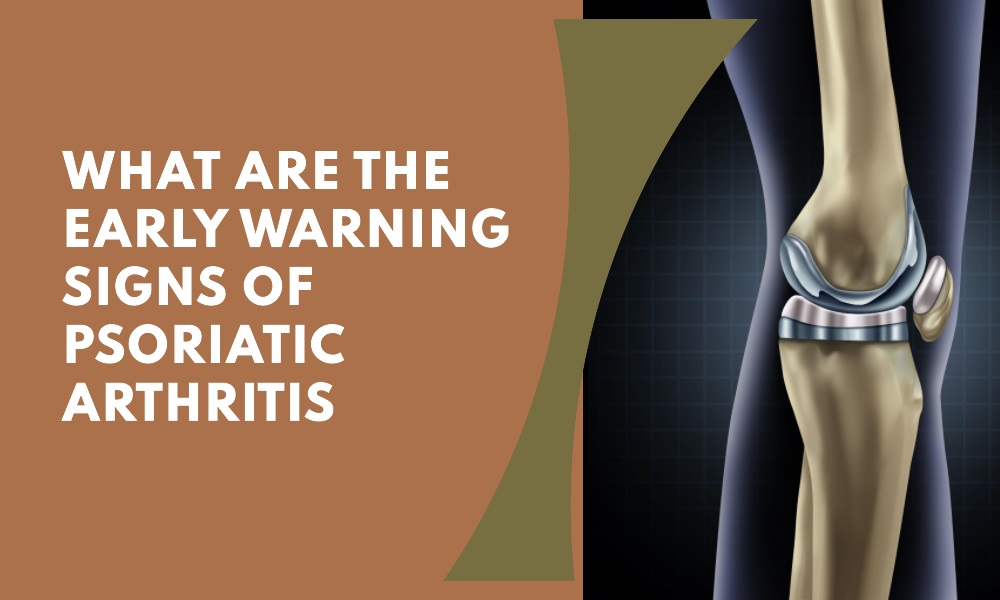Psoriatic arthritis (PsA) is an inflammatory condition that affects both the skin and joints, often leading to swollen, painful joints and psoriasis skin plaques. Recognizing the early warning signs is crucial for managing the condition effectively. Here’s a comprehensive guide to help you identify the initial symptoms of psoriatic arthritis.
Joint Pain and Stiffness
One of the most common early signs is joint pain, particularly in the fingers, wrists, and toes. You might also experience stiffness in the morning that eases as the day progresses.
Fatigue
Another prevalent symptom is an unexplainable fatigue that doesn’t seem to go away with adequate rest. This feeling of tiredness often predates other more obvious signs.
Nail Changes
Watch out for changes in your nails like pitting (small dents in the nail surface) or separation of the nail from the nail bed. These can be early indicators of PsA.
Swollen Fingers and Toes
Some people with early PsA experience dactylitis, a swelling of an entire finger or toe. This can be painful and is often confused with conditions like gout.
Reduced Range of Motion
The inflammation in joints can lead to a restricted range of motion. Simple actions like turning a door handle could become increasingly difficult.
Red, Scaly Skin Patches
Psoriasis skin symptoms often accompany psoriatic arthritis. Look for red patches of skin covered with thick, silvery scales known as plaques.
Lower Back Pain
Inflammation of the spine, known as spondylitis, can cause lower back pain. If you’re experiencing back pain along with other symptoms, consult a healthcare provider.
Eye Redness and Irritation
Eye conditions like conjunctivitis and uveitis can sometimes be early warning signs of PsA. Any changes in eye health should be promptly evaluated.
Sensitivity or Pain at Sites of Pressure
Tenderness or pain at the points where tendons and ligaments attach to the bones, known as enthesitis, can be an early symptom.
FAQs
How is psoriatic arthritis diagnosed?
Diagnosis usually involves a combination of medical history, physical examination, blood tests, and imaging studies like X-rays or MRIs.
Can psoriatic arthritis occur without skin psoriasis?
Yes, in some cases, the arthritis symptoms precede skin symptoms.
What treatment options are available for PsA?
Treatment options include medications such as NSAIDs, DMARDs, and biologics, along with lifestyle changes like diet and exercise.
How soon should I seek medical help?
If you’re experiencing multiple early warning signs of PsA, consult a healthcare provider as soon as possible for an accurate diagnosis and effective treatment plan.
Conclusion
Recognizing the early signs of psoriatic arthritis can lead to timely diagnosis and effective management, potentially averting severe joint damage and disability. It’s crucial to consult healthcare professionals for an accurate diagnosis and a treatment plan tailored to your needs.










